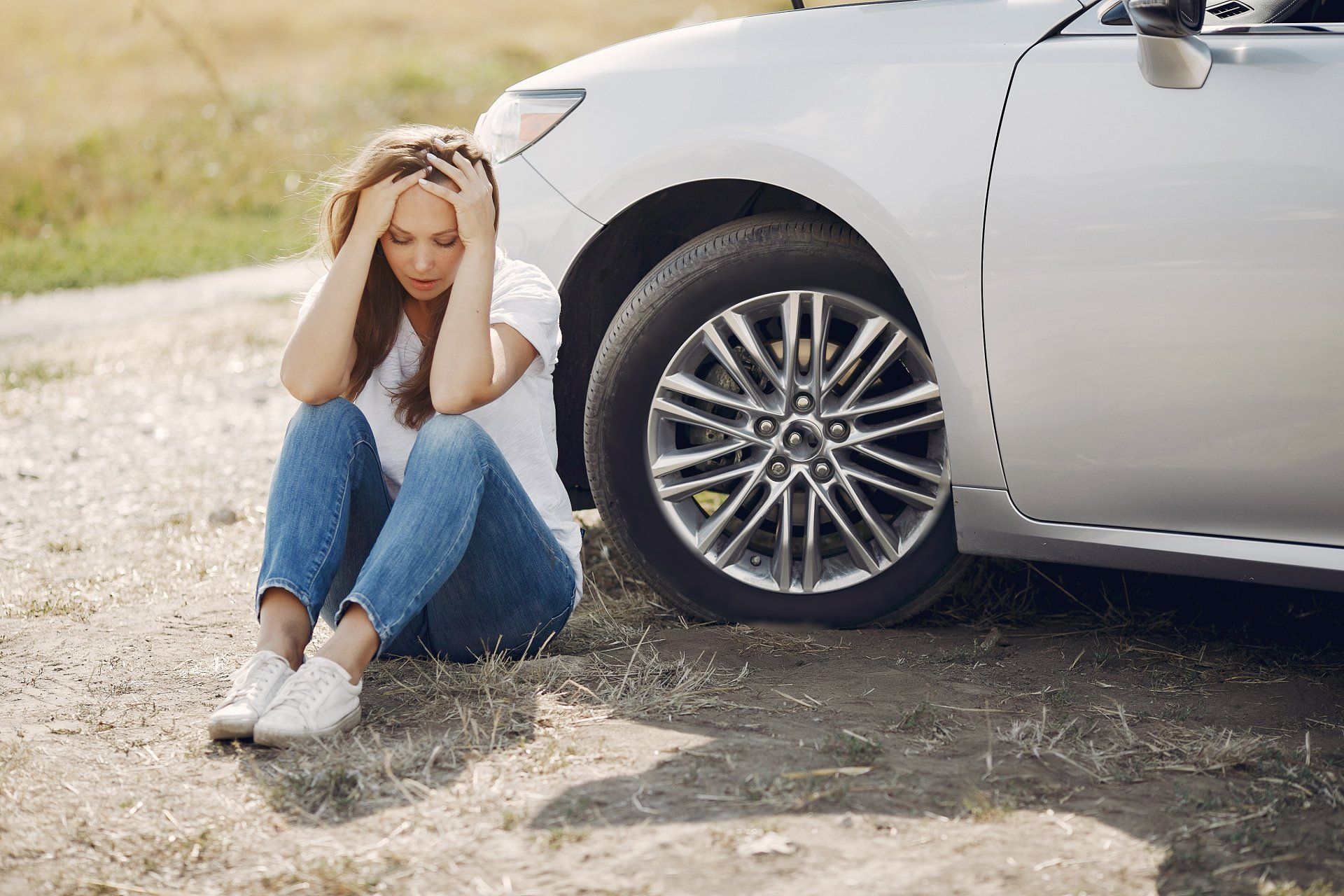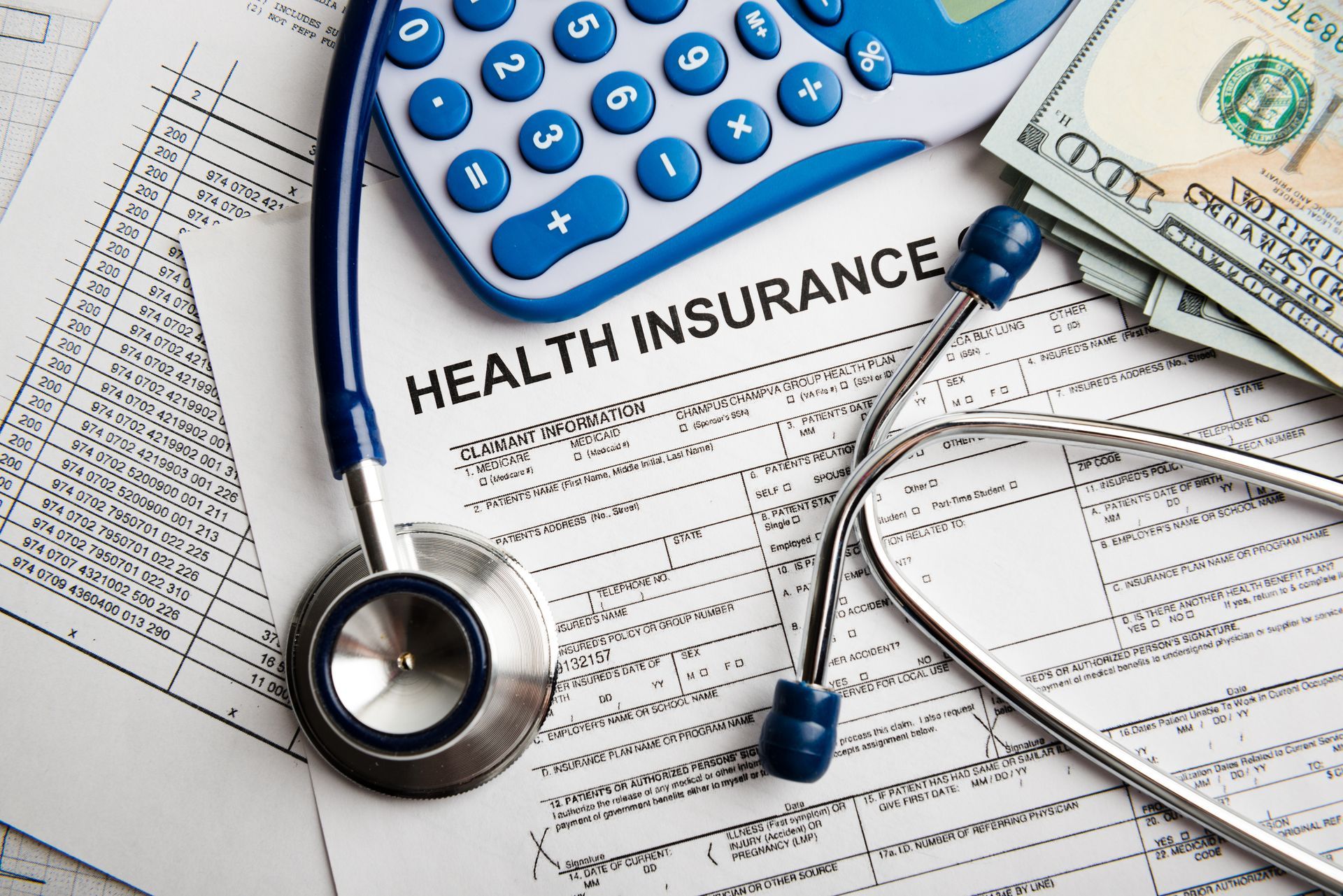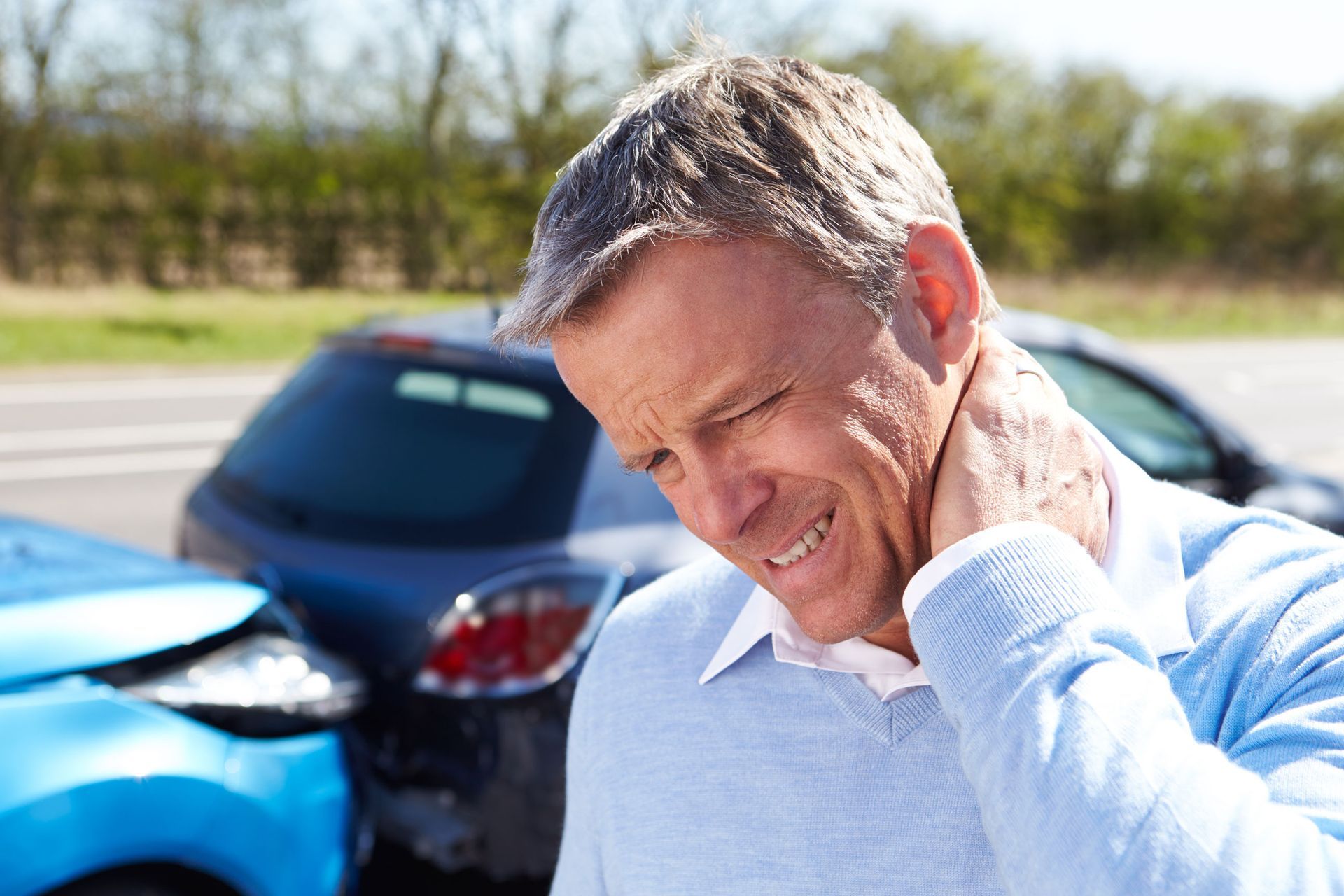BLOG
More Than 35 Years of Experience on Your Side

What is the difference between survivorship damages and wrongful death claims? Wrongful death cases involve two distinct legal actions filed in the same complaint. Survivorship damages cover any conscious pain and suffering endured by the deceased before death, which becomes part of their estate and is distributed according to their will or intestate statute. Wrongful death claims, however, run directly to the dependents who received time and attention from the deceased, covering losses like companionship, guidance, and financial support.

What exactly is wrongful death under New Jersey law? Wrongful death in civil law focuses on claims made by dependents of someone who has passed away against those responsible for their loved one's death. Unlike criminal cases which result in punishment, civil wrongful death claims seek monetary damages. New Jersey law specifically doesn't allow claims for grief or loss of love, as these are considered priceless. Instead, compensation focuses on quantifiable monetary losses.

How is fault determined in a pedestrian-vehicle accident in New Jersey? Fault determination primarily depends on the position of the pedestrian at the point of impact and the duties of all parties involved. In crosswalks, vehicles have an absolute obligation to stop and wait until pedestrians clear the area. Evidence like surveillance footage, witness statements, and driver testimonies help establish the point of impact. Police investigate factors such as the driver's initial observation of the pedestrian and their subsequent actions to determine responsibility.
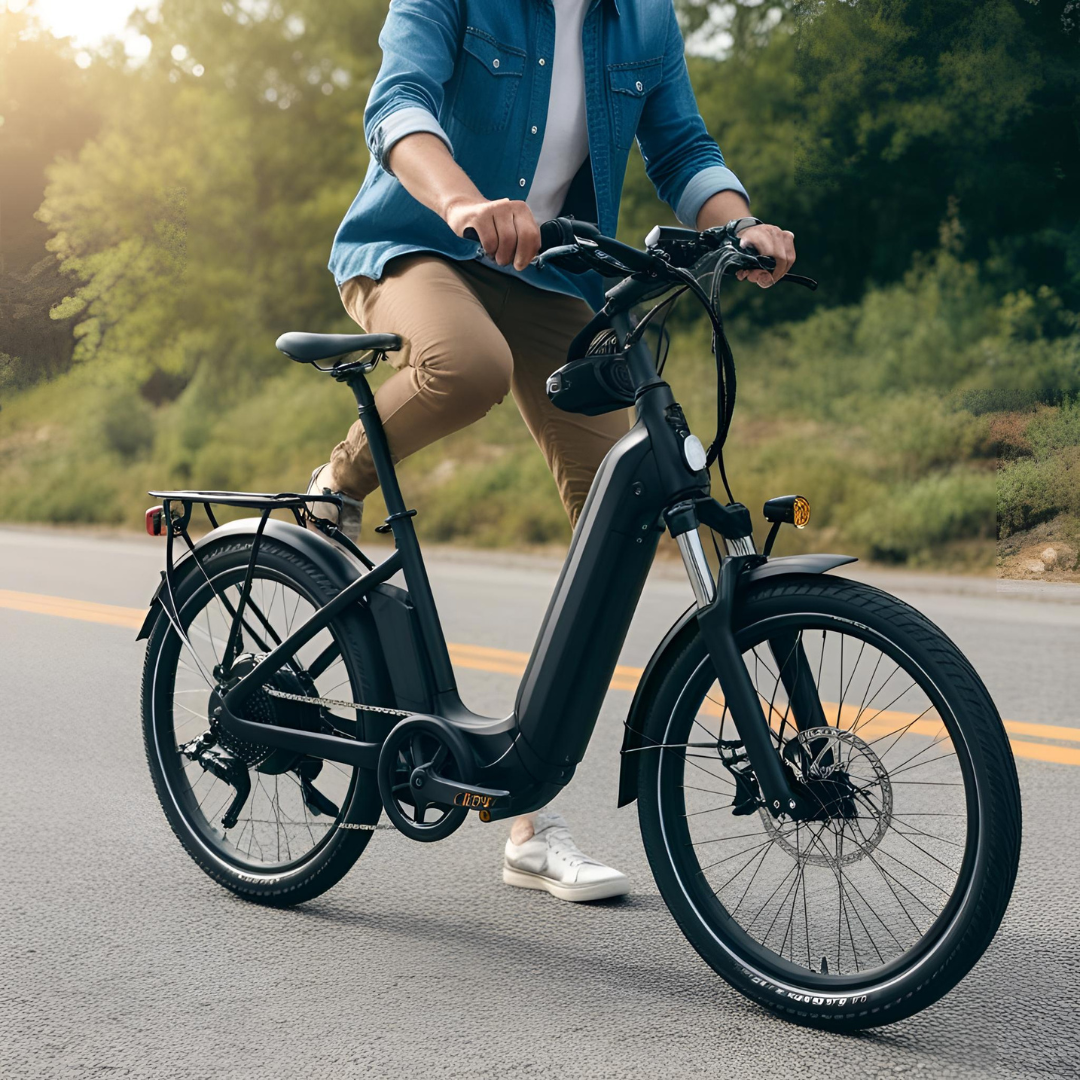
What are the different types of e-bikes and how are they classified legally? Not all e-bikes are treated equally under the law. The classification system includes motorized bicycles that can travel up to 28 mph, requiring registration, licensing, and insurance. Low-speed electric bicycles are treated as pedestrians under the law, offering additional protections and insurance coverage options. Low-speed electric scooters, however, are classified differently and require riders to rely primarily on health insurance for accident coverage.
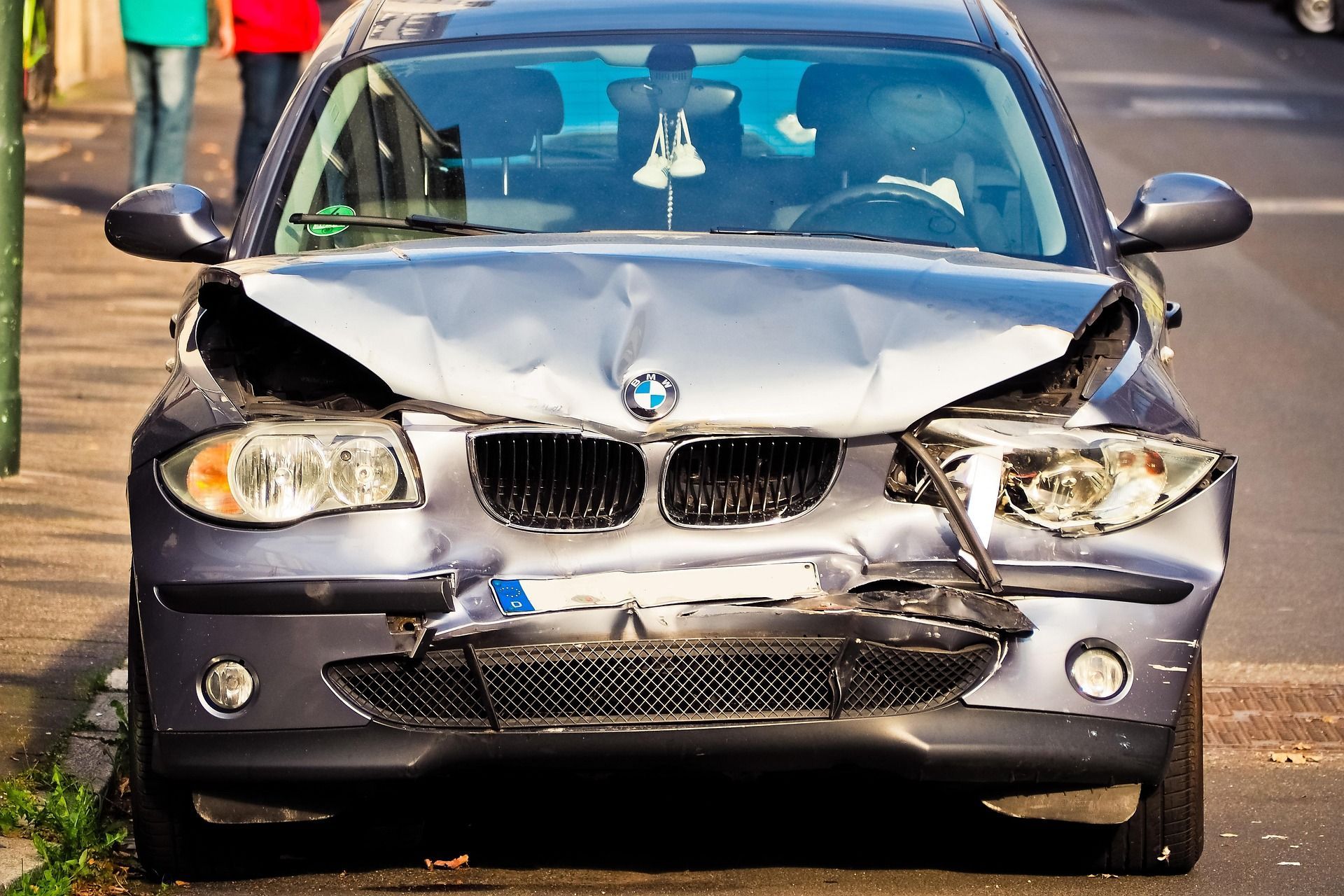
Ensure Safety First If you are involved in an accident, the first and most critical step is to ensure your safety. Bring your vehicle to a stop and assess your surroundings. Are you in a safe location? If not, move to a safer area if possible, turn on your hazard lights, and stay put. Once in a safe spot, check yourself and your passengers for injuries. Be aware of your surroundings and try to regain full situational awareness.
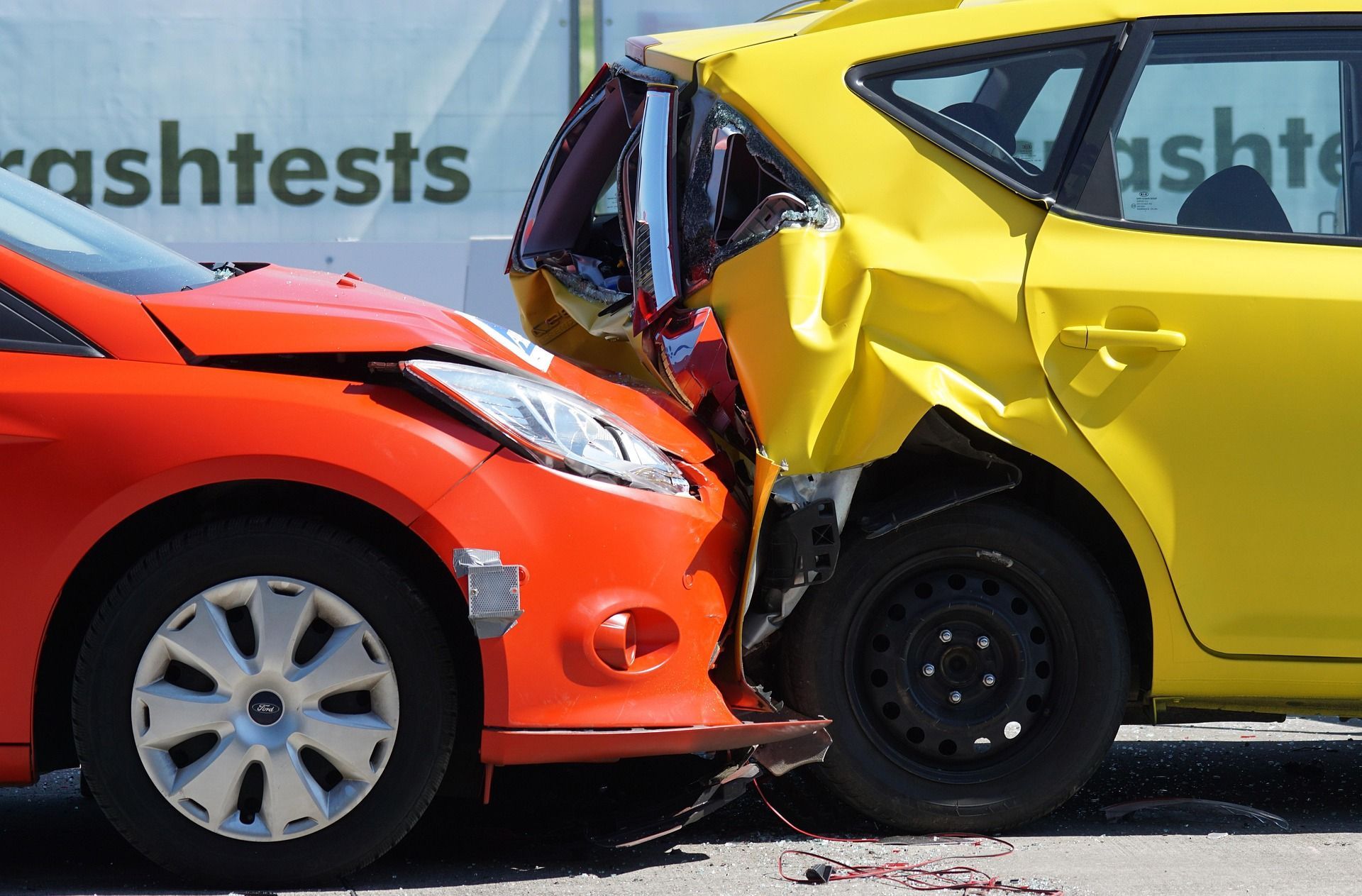
Accidents happen unexpectedly, and when they do, the financial burden can be overwhelming—especially if the at-fault driver has little or no insurance. Uninsured motorist (UM) coverage protects you if you are involved in an accident caused by a driver who has no insurance or if you are the victim of a hit-and-run. Underinsured motorist (UIM) coverage applies when the at-fault driver has insurance, but their policy limits are too low to cover your damages. In both cases, your own policy steps in to cover the gap, ensuring that you and your family are not left with insurmountable medical bills and other expenses.

